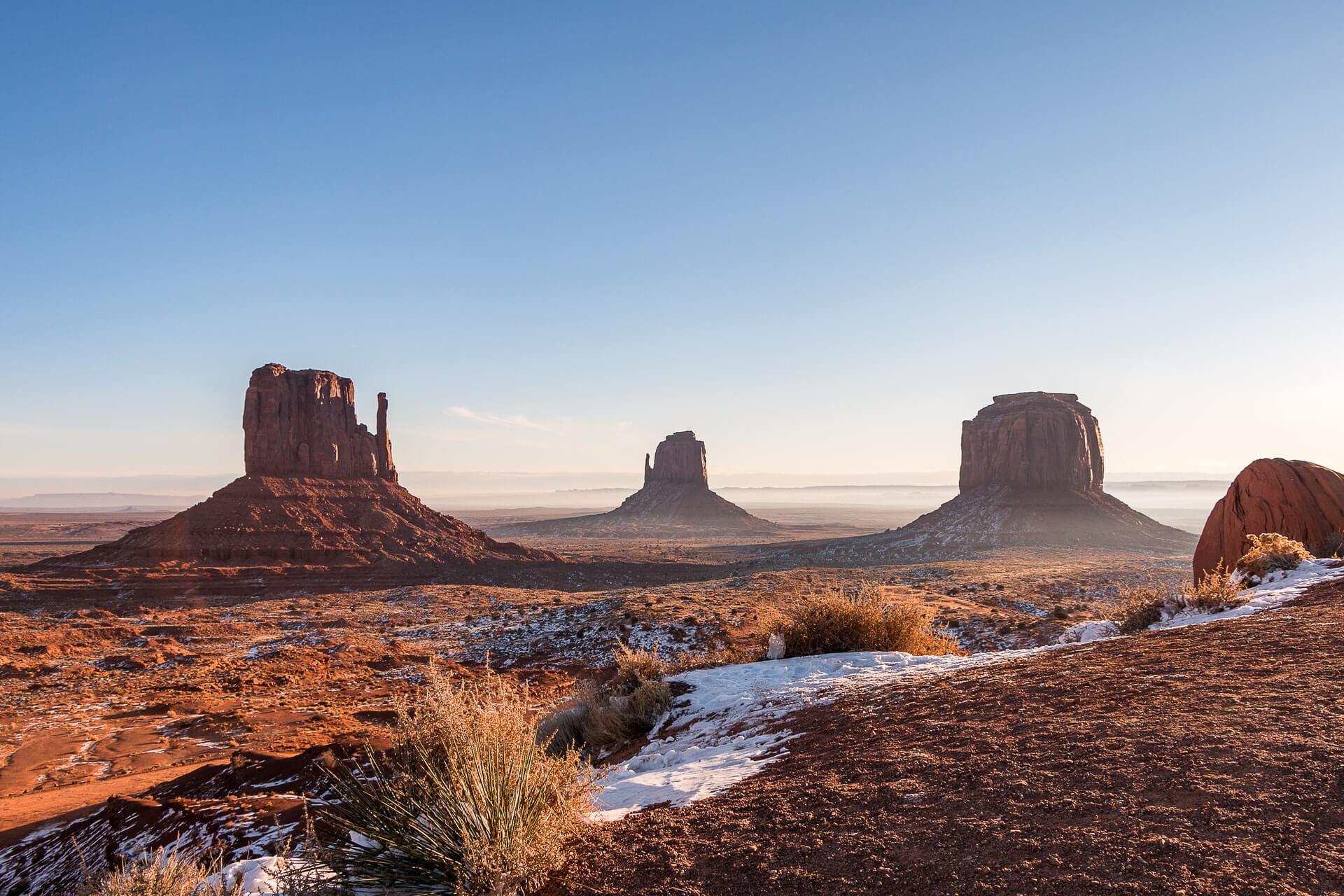The Native Americans are defined by the Encyclopedia Britannica as a “member of any indigenous peoples of the Western Hemisphere.” Terms such as “Amerind, Indian, and aboriginal American” also refer to Native Americans. In the USA, there are numerous sites and landscapes that hold reminders of the history, culture, and tragedies that belong to the Native Americans. Apart from possessing captivating visuals, there is also rich culture and history to learn from when visiting the sites and memorials embedded with the identity of Native Americans. Hence, if you’re planning to take a trip out of your house and lot to the USA with visiting the best Native American sites in mind, then this blog post is for you! First and foremost, however, a brief overview of Native American history would be background information, to begin with.
A Brief Overview of Native American History
It was from the last ice age that the Native Americans traveled all the way from Asia to North America. Now, you’re probably asking why this was possible since an entire ocean separates Asia and North America at present, right? This was because around 12,000 to 30,000 years ago, global sea levels were still extremely low to the extent where there were exposed “land bridges” that connected these two continents. The Native Americans then spread out through two main routes: the first route being a “glacier-free corridor” right through Canada’s center, and the second route being the region along the Pacific Ocean (also known as the Pacific Coast) in western North America going southward.
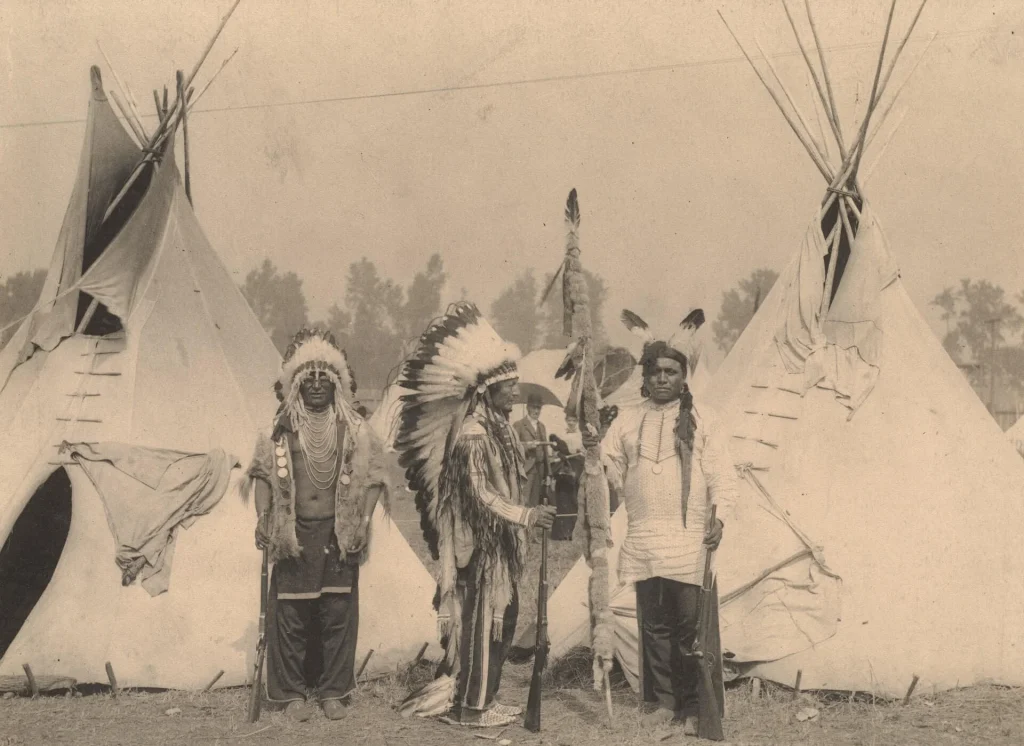
Black Foot, Standing Bear, Big Eagle, Sioux. Three members of the Sioux tribe pose in Indian Village, 1898
Living as hunters and gatherers, the Native Americans traveled in groups through these routes. At present time, however, a lot of the tracks and traces left behind by the early Native Americans have faded away because of centuries of glaciers melting and burying tracks of Native American migration and the Pacific Ocean’s waves washing away the Native American’s migration route along the Pacific Coast. Furthermore, when the Europeans arrived in North America, intense expansions of territory where the Europeans settled disrupted and destroyed many Native American communities, causing these Native American communities wide dislocations and losses. The good news, however, is that there are still a great number of sites you can still visit when you travel from your house and lot, so let’s tackle a couple of great sites!
Places to visit to experience the Native American culture
Crazy Horse Memorial, South Dakota
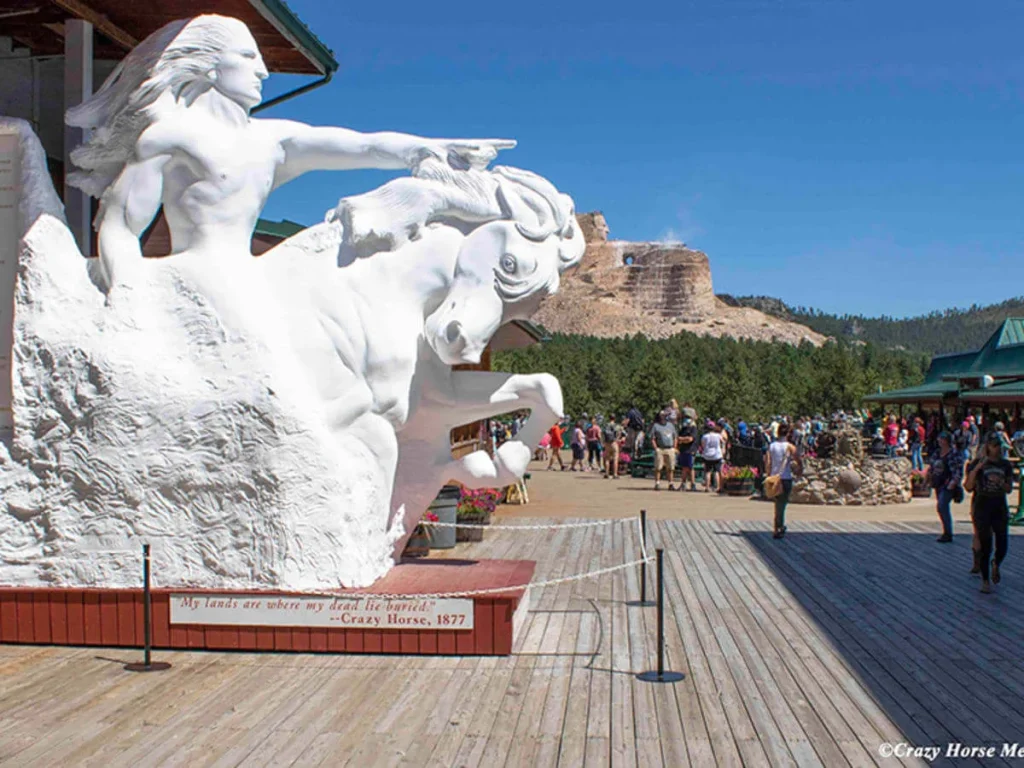
Photo from indiancountrytoday.com
Atop a great rock formation in South Dakota is a humongous sculpture resembling the face of the Lakota warrior Tasunke Witco, the “Crazy Horse.” It was in the 1876 Battle of Greasy Grass that the infamous General Custer would have his last battle in a clash against Tasunke Witco, a strong young warrior. In 1930, the sculptured monument was commissioned by Oglala Lakota Chief Henry Standing Bear to honor the humility and bravery that Tasunke Witco possessed which benefited his elders and people. It is in the core of the Black Hills, South Dakota that the Crazy Horse’s face is still being crafted up to this day.
Acoma Pueblo, New Mexico
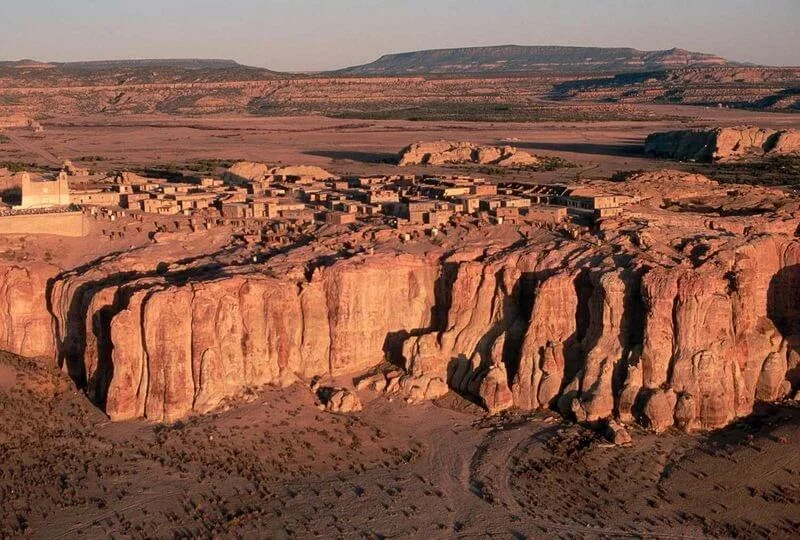
Photo from amusingplanet.com
Known as the “oldest continuously inhabited community” in North America, the Acoma Pueblo possesses centuries of culture and history belonging to the southwest Native Americans. The people living in Acoma Pueblo carry one of their ancestral traditions of tribal celebrations and Native American pottery. The name “Acoma” is said to have a number of interpretations regarding its origin. Some believe that this name comes from the word “aa’ku,” which comes from the work “haaku,” which means “to prepare” – in which the rationale behind this pointed toward how the inhabitants of Acoma Puebla possess a “defensive position.” Others believe that the word “aa’ku” itself comes directly from the People of White Rock’s Keresan words, wherein “aa’ku” means “white rock,” and ”meh” means “people.” Housing 5000 tribal members – a population that can be housed by a residence where your house and lot could be – the Acoma Pueblo is firmly built on top of a large sandstone bluff that is 367 feet tall.
Ancestral Puebloan Cliff Dwellings, Mesa Verde National Park, Colorado
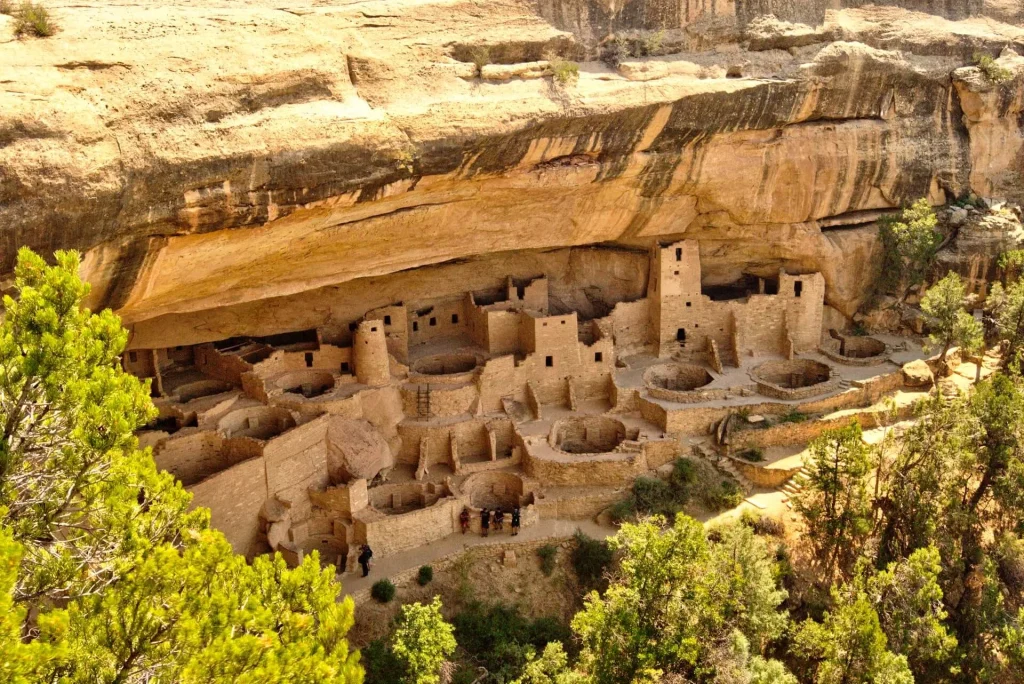
Also known as the Cliff Palace, the Ancestral Puebloan Cliff Dwellings are known for their kivas, which is an underground chamber used for religious rites as part of the culture of the Pueblo people. Holding over 23 kivas, the Cliff Palace’s kivas are purposed for religious rites related to the “kachina beliefs” of the Hopi and Navajo people. The Ancestral Puebloan Cliff Dwellings were built in the 12th century over 800 years ago, constructed using wood, sandstone, and mortar. The geometrical shapes present in the structures of this site are intriguing to view and feel like something you would see in a movie in your house and lot. Ancient cliff dwellings can be found in the Mesa Verde National Park in Colorado. The park was designated to be a UNESCO World Heritage Site back in 1978.
Chumash Painted Cave State Historic Park, California
If there is one thing that makes the paintings special in Chumash Painted Cave State Historic Park, it’s that there is no other known site in the world that bears resemblance or is found to be similar to it. It is on the walls of sandstone within this cave that the Chumash people delicately created paintings using charcoal, ochre, and shells. Surprisingly, however, neither scholars nor even the present Chumash peoples really know the true meaning behind these paintings. Comprising black and red symbols painted on the sandstone walls, it is believed by the present Chumash peoples however that their ancestors may have painted the symbols in order to make peace with supernatural forces.
Effigy Mounds National Monument, Iowa
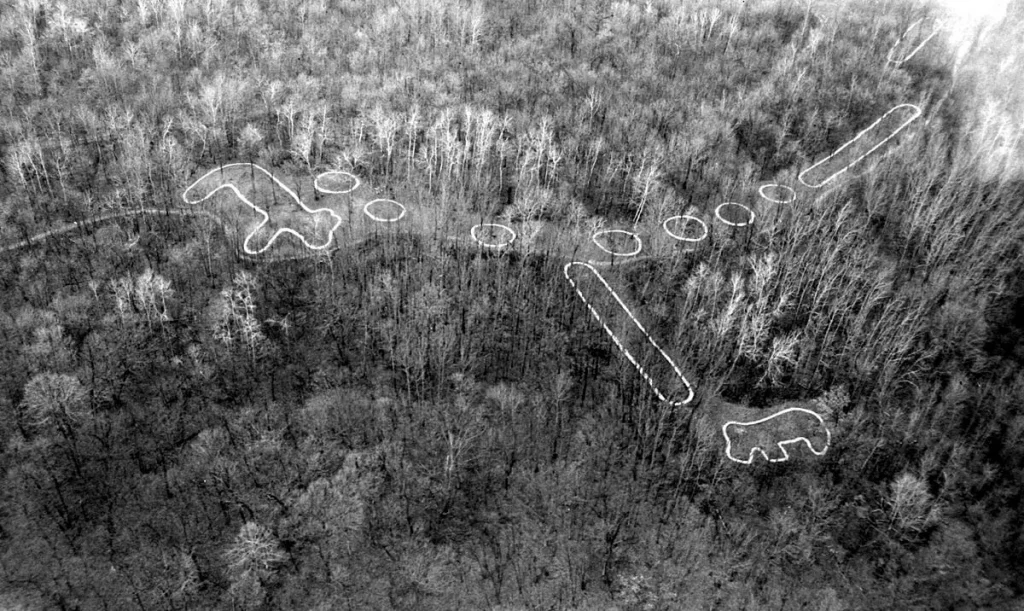
Photo from wikipedia.org
What this site is known for is found in its very name – mounds. Mounds are small hills that look like bumps from the ground, and in the Effigy Mounds National Moreover, the mounds that the site is known for were actually built by a culture that “inhabited land along the Mississippi River, stretching east to Lake Michigan.” These mounds aren’t just random bumps in the ground as well – there are over 200 of them in the Effigy Mounds National Monument, with various shapes that resemble birds, cones, and bisons. In Monument, there are a lot of mounds surrounded by alluring trees whose leaves calmly sway with the wind. This site looks especially beautiful in the fall, where the trees towering over you and leaves scattered around you are colored with pleasing hues of reds, yellows, and oranges. Perhaps the aesthetic of this site could give you some inspiration regarding the interior design of your house and lot.
Antelope Canyon, Arizona
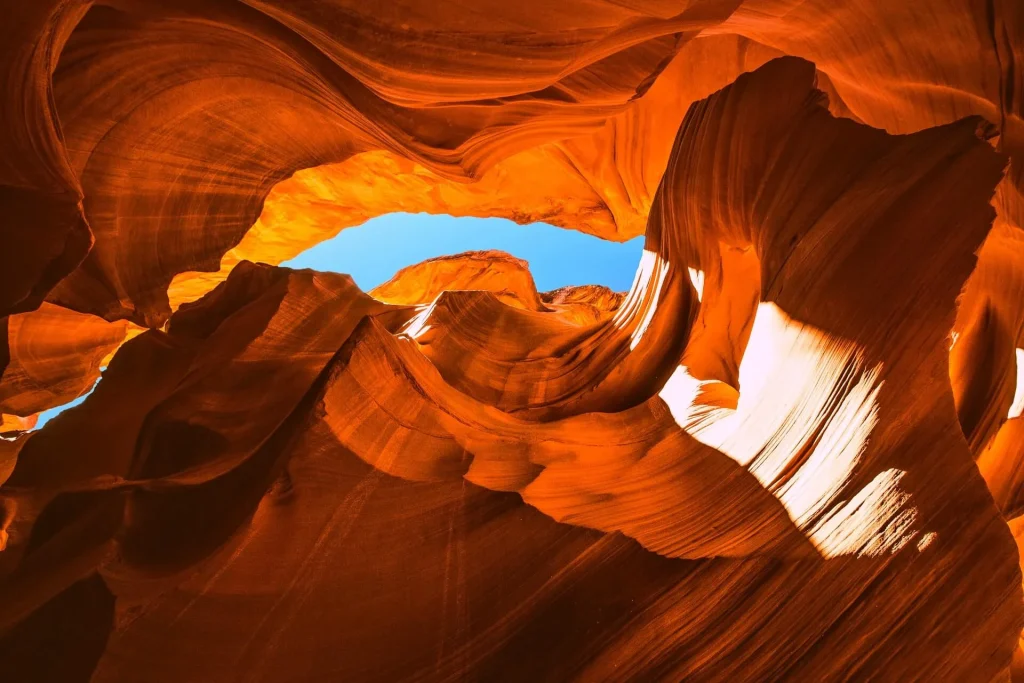
The Antelope Canyon is essentially a flurry of warm colors manifested as a geological formation. When you walk through this canyon, you feel how big the world can really be with how your footsteps could possibly echo through the Antelope Canyon’s orange walls as it towers over you with its beauty. The geological formation of this canyon was carved out by the years of water running through its narrow walls. At present, when the light shines through the canyon from above, the light reflected by the stone walls will leave your eyes engulfed by the reds and yellows of the canyon’s beautiful walls.
BRM Site, Idaho
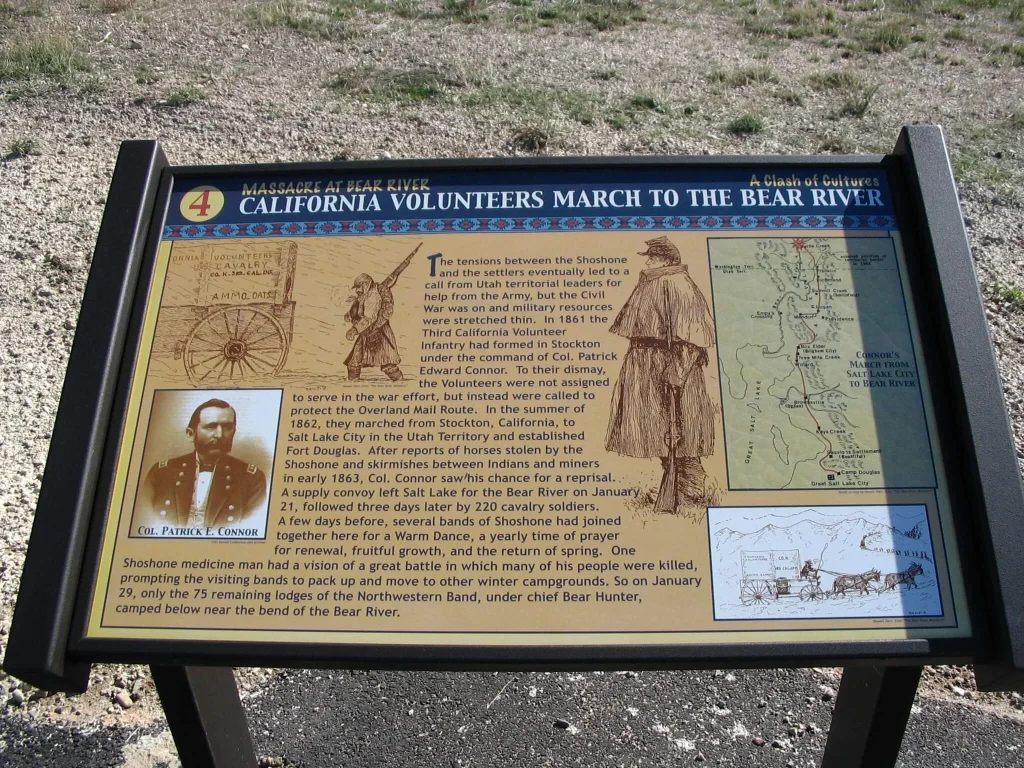
Photo from fhwa.dot.gov
This site is one that is rich in both history and tragedy. The Bear River Massacre Site has a trail you can travel where markers are placed that tell the story of the morning before what is known to be the “worst massacre in the United States.” Additionally, the markers even show information on a certain spiritual leader who had a warning of the massacre in a dream. Occurring on January 29, 1863, a massacre was conducted by US soldiers “upwards of 350 Shoshone at the winter camp.” It was in this winter camp that there had been a gathering to conduct the “Warm Dance,” a dance purposed to bring in the warmth of spring amidst the cold winds of winter.
National Museum of the American Indian, Washington D.C.
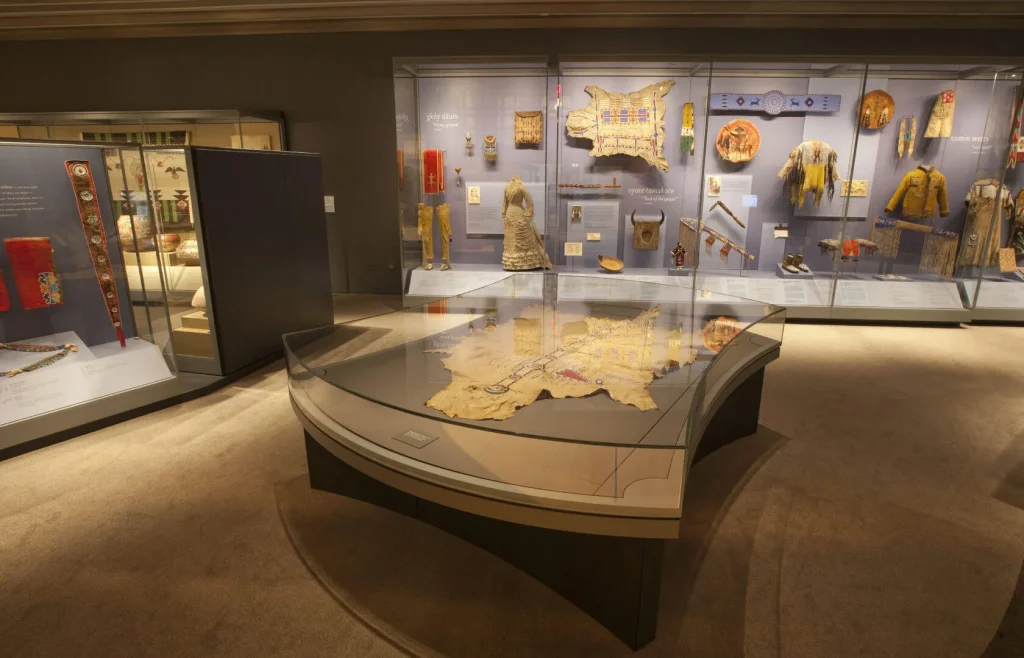
Photo from goppion.com
Last but certainly not least is the National Museum of the American Indian, located on the National Mall in Washington D.C., near the White House. The museum was built to preserve and commemorate native American culture. It holds one of the largest collections of American Indian arts, native objects, photographs, and media. You can also find the Mitsitam Native Foods Cafe inside the museum which offers Native American dishes.
Read more: California Dreaming: Everything You Should Definitely Try in California


